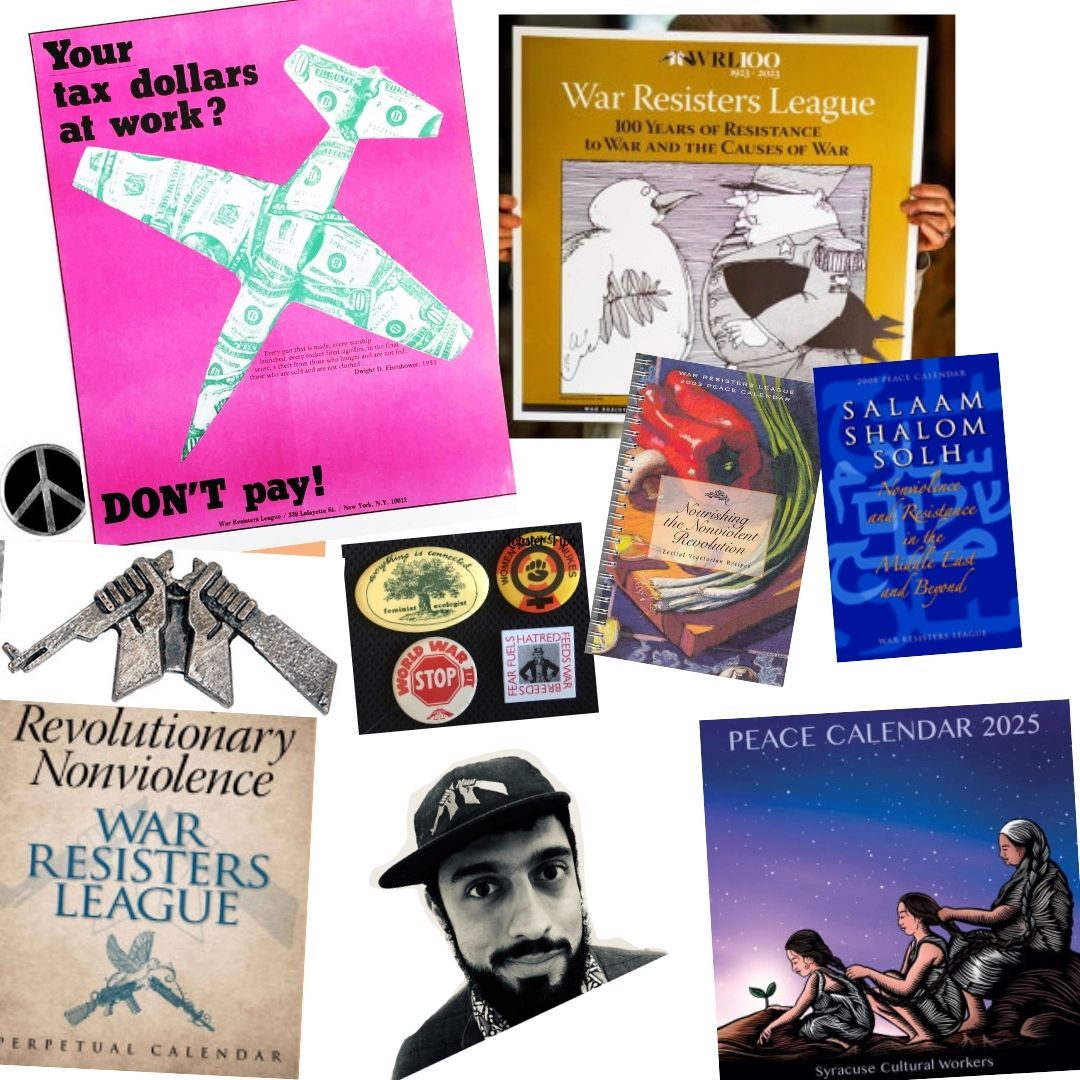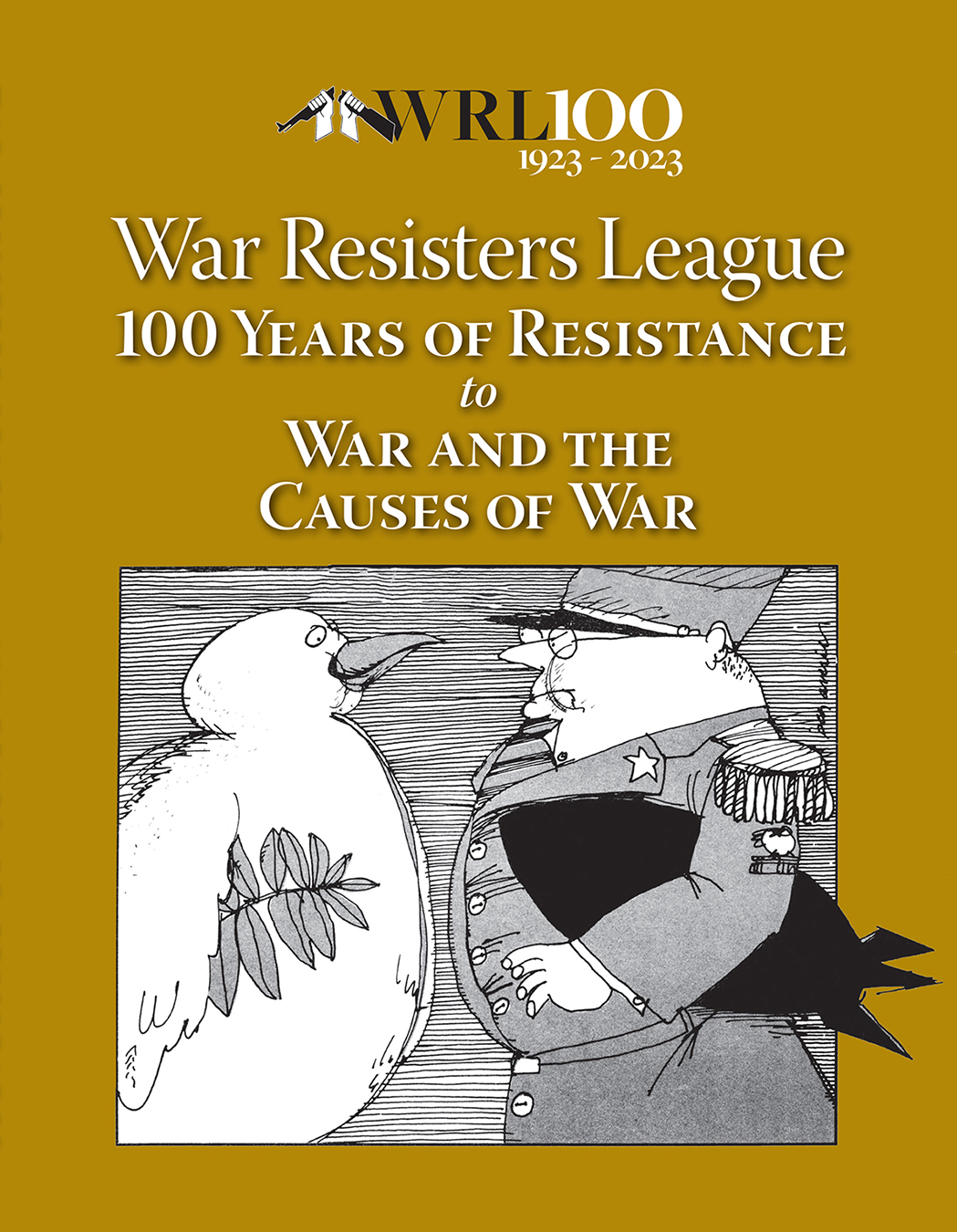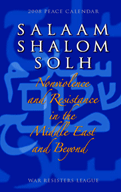
In our 100 year history, the WRL national office, surprisingly, has had only a few locations in New York City. Each was unique in its own way.
WRL was first located in Jessie Wallace Hughan’s apartment. The founder of WRL, she brought into the fold activists from a variety of progressive organizations. Soon there were too many pacifists and too much activity for Jessie’s Greenwich Village living room!
A two-bedroom coop apartment in a building that replaced one of Jessie’s homes is selling for $1.75 million now. A three-bedroom coop in Jessie’s other home is available for $6.5 million.
Thus, 12 years later, in 1935, space was found at 2 Stone Street in a building on the edge of the financial district and near the East River seaport.
The street with the building, still cobblestoned, is now a major tourist spot with outdoor eating/drinking and entertainment. Along with other similar nearby streets, it is promoted as a “don’t miss attraction” in guides to the city.
In 1944 WRL moved to the tenth floor of 5 Beekman Street, also near the financial district. The building’s elevator reached only to the ninth floor. By the 1960s WRL was joined on the floor by other peace groups, among them the Catholic Peace Fellowship, the Resistance (to the Vietnam War), the National Mobilization Committee, and Liberation and WIN Magazines.
Evenings, I often climbed the stairs to the WRL office to type fund appeal letters and stuff envelopes. The mostly male members of the Executive Committee—a native of India who had worked with Gandhi, the German-born executor of Albert Einstein’s estate, World Wars I and II resisters, among other awe-inspiring pacifists—filed past me to go to a meeting. They did not acknowledge me, but I was young and thrilled to be writing letters to famous people—Judy Collins!—with whom I never thought I would even have that much contact.
At some point, when antiwar sentiment was still a distinctly minority position, the landlord stopped cleaning the restrooms. When that hint was ignored, all the groups were told directly to leave.
The hunt for new space was spectacularly successful: a move to 339 Lafayette Street was scheduled for June 1969. (For the story of WRL’s post-Beekman Street homes, see "Home Is Where WRL Is: A History of WRL’s Offices, Part II: The Peace Pentagon and Beyond")
Unfortunately, the move was not made soon enough. A series of thefts marred WRL’s last month at Beekman Street. On April 28th a bag containing the weekend mail for all the tenth floor peace groups—including as much as $2,000 in cash and checks, literature orders, and correspondence—was stolen from in front of the WRL office door.

WRL Office Trashed May 9th, 1969, Photo by Maury Englander
Then on May 9th a WRL staff member arrived at work to find the tenth floor ransacked. “…a total shambles,” described staff member David McReynolds in the WRL News (May-June 1969). “Literature cabinets had been stripped and their contents hurled across the floor. File cabinets had been dumped and piles of papers kicked around the room. The addressing and mimeograph machines had been smashed…But most damaging, the entire membership file and all mailing stencils had been stolen.”
“Clearly the intent was to paralyze WRL…[though] with a great deal of effort it will be possible to reconstruct over half of the 10,000 name mailing list,” wrote WIN staff member Maris Cakars in WIN (June 15, 1969).
The police showed little interest in the break-in, and news outlets either ignored invitations for an interview or filmed the debris but never aired it.
At first, we all believed the various thefts—both those of expensive equipment and those designed to stop WRL from operating—were the work of rightwing groups that were actively disrupting antiwar activities around the country.
But the truth was finally learned: FBI files, obtained through the Freedom of Information Act, acknowledged that spy agency was the culprit. The United States government, under the leadership of FBI director J. Edgar Hoover, was working hard to put the peace movement out of business.
With anger, sadness, and maybe a bit of hope for effective work for peace in the new office space, WRL and the other groups took their remaining belongings and traveled a few miles uptown to a loft on Lafayette Street.
The building at 5 Beekman Street along with several attached high rises is now called The Beekman Residences. The complex includes a luxury hotel and 68 condominiums, with one now for sale at $10 million, but another can be owned for only $3.5 million. The sales material for the condos reports that prior tenants included the War Resisters League and the National Rifle Association.
Wendy Schwartz
Wendy has worked with WRL and other pacifist organizations in a variety of capacities since 1968.





